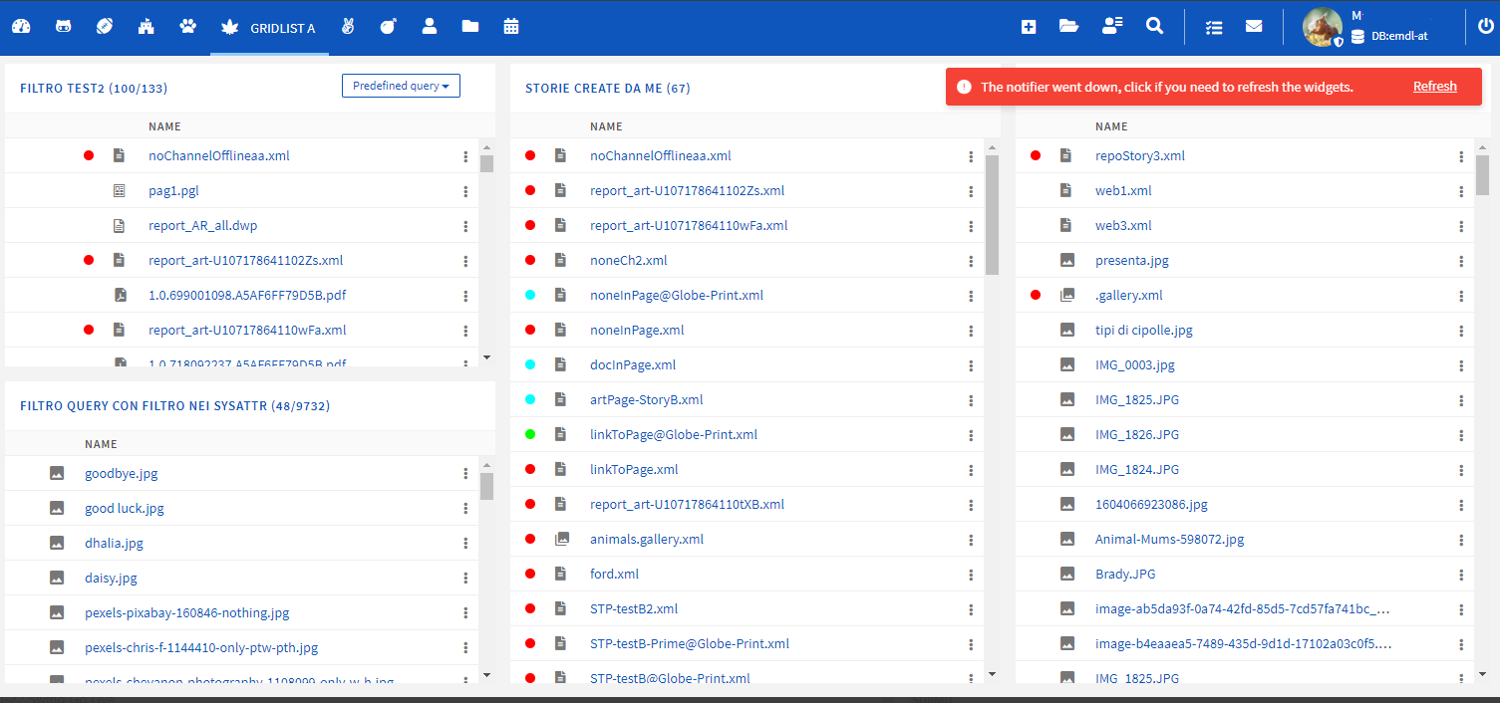Eidosmedia Solutions: Complete Buyer's Guide
Complete Buyer's Guide
Eidosmedia Solutions represents a specialized enterprise print automation platform targeting high-volume publishers through AI-driven pagination technology.
Market Position & Maturity
Market Standing
Eidosmedia Solutions maintains a specialized market position within the enterprise publishing technology sector, focusing exclusively on high-volume print automation rather than competing in the broader design tool market [47][52].
Company Maturity
Business maturity indicators include proven deployment capabilities across multiple enterprise customers and documented implementation success with measurable efficiency improvements within six-month timeframes [46][48].
Strategic Partnerships
Technology partnerships include integration with third-party AI engines like Sophi.io, demonstrating ecosystem collaboration rather than proprietary algorithm dependency [38][41].
Longevity Assessment
Long-term viability indicators include established customer relationships with major publishers, proven scalability through customer expansion plans, and technical architecture supporting enterprise requirements [48][53].
Proof of Capabilities
Customer Evidence
Nordwest Zeitung implementation provides comprehensive validation of Eidosmedia's capabilities, with the German publisher achieving 30-50 daily pages automated through the AI pagination system while maintaining editorial quality standards [46][48].
Quantified Outcomes
Quantified customer outcomes include documented timeline improvements and operational efficiency gains within six months of implementation [46][48].
Market Validation
European publisher adoption spans established media companies including Funke Mediengruppe and Il Sole 24 Ore, demonstrating market validation across different publication types and editorial workflows [38][52].
Reference Customers
Established media companies including Nordwest Zeitung, Funke Mediengruppe, and Il Sole 24 Ore [38][46][52].
AI Technology
Eidosmedia's AI pagination engine operates through sophisticated rule extraction from existing design templates, learning layout patterns and brand guidelines to replicate established design vocabulary across publications [46][47].
Architecture
Cloud-based deployment utilizes AWS or Azure infrastructure with Kubernetes containerization for enterprise scalability, supporting high-volume processing requirements while maintaining system reliability [38][53].
Primary Competitors
Eidosmedia competes through specialization rather than breadth, focusing specifically on print-specific pagination for enterprise publishers while market leaders like Adobe maintain 58% market share in professional design environments through Creative Cloud integration [3][5][47].
Competitive Advantages
The platform's AI-agnostic architecture provides competitive differentiation against vendors locked into proprietary algorithms, with integration flexibility through third-party engines like Sophi.io [38][41].
Market Positioning
Market positioning focuses on template-based automation versus generative design capabilities, positioning differently from AI tools pursuing universal creative automation [47][49].
Key Features

Pros & Cons
Use Cases
Integrations
Featured In Articles
Comprehensive analysis of AI Print Layout Tools for AI Design for AI Design professionals. Expert evaluation of features, pricing, and implementation.
How We Researched This Guide
About This Guide: This comprehensive analysis is based on extensive competitive intelligence and real-world implementation data from leading AI vendors. StayModern updates this guide quarterly to reflect market developments and vendor performance changes.
56+ verified sources per analysis including official documentation, customer reviews, analyst reports, and industry publications.
- • Vendor documentation & whitepapers
- • Customer testimonials & case studies
- • Third-party analyst assessments
- • Industry benchmarking reports
Standardized assessment framework across 8 key dimensions for objective comparison.
- • Technology capabilities & architecture
- • Market position & customer evidence
- • Implementation experience & support
- • Pricing value & competitive position
Research is refreshed every 90 days to capture market changes and new vendor capabilities.
- • New product releases & features
- • Market positioning changes
- • Customer feedback integration
- • Competitive landscape shifts
Every claim is source-linked with direct citations to original materials for verification.
- • Clickable citation links
- • Original source attribution
- • Date stamps for currency
- • Quality score validation
Analysis follows systematic research protocols with consistent evaluation frameworks.
- • Standardized assessment criteria
- • Multi-source verification process
- • Consistent evaluation methodology
- • Quality assurance protocols
Buyer-focused analysis with transparent methodology and factual accuracy commitment.
- • Objective comparative analysis
- • Transparent research methodology
- • Factual accuracy commitment
- • Continuous quality improvement
Quality Commitment: If you find any inaccuracies in our analysis on this page, please contact us at research@staymodern.ai. We're committed to maintaining the highest standards of research integrity and will investigate and correct any issues promptly.